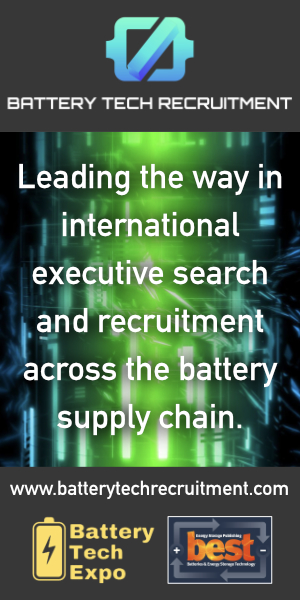Australian mining companies are challenging China’s dominance of the graphite market, writes BESTmag editor Vic Giles.
Essential for lithium-ion batteries, China commands between 60-80% share (depending on the source) of the natural graphite mining and a near monopoly in supplying graphite for electric vehicle (EV) battery anodes.
China’s production of graphite has caused concern over the level of pollution associated with its mining methods leading to stricter controls by the government.
As tensions mount in relationships between China and a number of other countries (Japan, Sweden, Canada, USA, UK, Australia to name but a few) EV manufacturers will be looking to secure alternative supplies of the critical raw material.
China may decide to reduce graphite prices to counter the challenge as it has done previously with rare earths. Even so, the desire for alternative sources is likely to increase.
Challenging China
The top three anode producers are based in China, and Australian companies want to challenge for a share of this market.
Last month, Australia’s Syrah Resources began production of anode precursor material (purified spherical graphite) to battery specification from its Battery Anode Material (BAM) facility in Vidalia, Louisiana, US.
This is seen as a key milestone in its strategy to become the first ex-China vertically integrated producer of active anode material (AAM) from natural graphite.
According to Syrah, China produces 100% of the natural graphite anode precursor material used for production of lithium-ion batteries in EVs— it hopes the Vidalia plant will become an alternate source of natural graphite anode precursor material.
The Vidalia plant is capable of 5kt per annum milling and commercial qualification scale of 200t per annum purification. Syrah is in the process of expanding the capacity of the existing facility to 10kt per annum of AAM production capability initially, and then scale up to 40kt per annum.
Another Australian firm, EcoGraf, is looking to open a graphite facility in Kwinana, Western Australia in 2022 at the earliest.
In June, the company signed a non-binding memorandum of understanding (MoU) with German technology group Thyssenkrupp to supply battery anode material.
The 10-year agreement will see EcoGraf sell purified spherical graphite battery anode material and by-product (fines) from its planned Kwinana facility.
The company is also in talks to supply Japanese and South Korean customers.
EcoGraf has a purification process that does not use the expensive and environmentally hazardous hydrofluoric acid enabling production cost reduction compared to Chinese rivals.
EcoGraf MD, Andrew Spinks, said it expects production cost to be below the existing supply from China while providing a diversified supply and low sovereign risk.
Graphite demand
Data from Benchmark Minerals/Visual Capitalist predicts a graphite demand increase of 1,106% in the ten years from 2018-2028.
The demand for environmentally friendly EVs has seen the price of graphite roughly double in the 10 years prior to the Covid-19 pandemic, according to data from state-backed Japan Oil, Gas and Metals National Corporation.
“Establishing a supply chain outside of China is a huge detail,” said an industry source quoted by Asia Nikkei. Another Japanese company, Mitsubishi Chemical Holdings, has also been quoted as saying,”Our anode material is dependent on China for [graphite], but we plan to also procure from outside of China.”
South Korean steel giant Posco has signed a MoU with Australian company Black Rock Mining for the joint development of a graphite project in Tanzania. Following a period of due diligence Posco will inject up to $10million into Black Rock.












